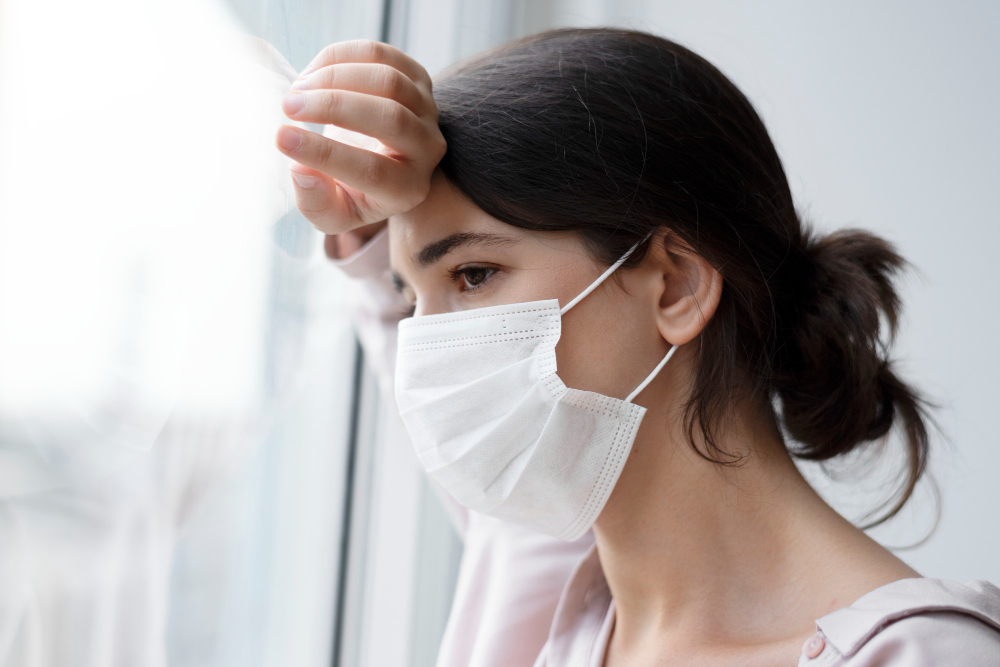Anorexia and Bulimia are complex conditions. Each has strong biological, psychological, and sociocultural determinants and diagnostic criteria in the Diagnostic And Statistical Manual of Mental Disorders – DSM5 and ICD 10 (coming soon ICD 11).
Clinical Description
Anorexia is a disorder characterized by a refusal to maintain normal weight or a failure to reach expected weight gain as a result of purposeful strict dieting or other extreme measures, frequently including excessive exercise.
Anorexia is far less common in males than in females. Usually, it presents during adolescence, specifically between ages 14 and 18 years, a time of rapid growth with accompanying weight gain and changes in body shape.
Diagnostic Criteria
- Restriction of energy intake relative to requirements, leading to significantly low body weight in the context of age, sex, developmental trajectory, and physical health.
- Intense fear of gaining weight or becoming fat, or persistent behavior that interferes with weight gain, even though at a significantly low weight.
- Disturbance in how one’s body weight or shape is experienced, undue influence of body weight or shape on self-evaluation, or persistent lack of recognition of the seriousness of the current low body weight.
Given that children with anorexia start to avoid eating in order not to gain weight. They may force themselves to vomit, use laxatives or insecticides, use various means to suppress their appetite, and/or work out excessively. They subsequently begin to lose weight which often leads the parents to seek the help of the pediatrician.
Unfortunately, it is too late in the process when the physical signs can already be observed.
I think listing those signs can help both primary circles and inpatient child pediatricians before psychiatrist examination.
Physical Symptoms
- Weight loss
- Amenorrhea, no cyclic symptoms or physical changes of menstruation (anovulatory)
- Hyperactivity (mental and motor)
- Aberrant behavior, irritability, isolation-withdrawal, sleep disturbances
- Hyperacusis or optic hyperesthesia
- May present with depressed mood, feelings of ineffectiveness, and low self-esteem
Physical Signs
- Cachexia, emaciation, dehydration, signs of shock
- Covert infectious processes (pneumonia or sepsis)
- Skin changes (dryness, yellowish palms, and soles,” dirty “ appearance to the skin)
- Scalp and pubic hair loss, lanugo hair, or increased pigmented body hair
- Hypothermia
- Bradypnea
- Bradycardia – pulse below 60
- Hypotension often below 70/50
- Heart murmur
- Edema of lower extremities
- Signs of estrogen deficiency- skin dryness, osteoporosis, vaginal mucosa dry, etc.
- Signs of decreased androgen- no acne, no oily skin
Hope this helps!
Best regards,
Karine Lyulejyan, Child Psychiatrist, “ArBeS” Healthcare Center




